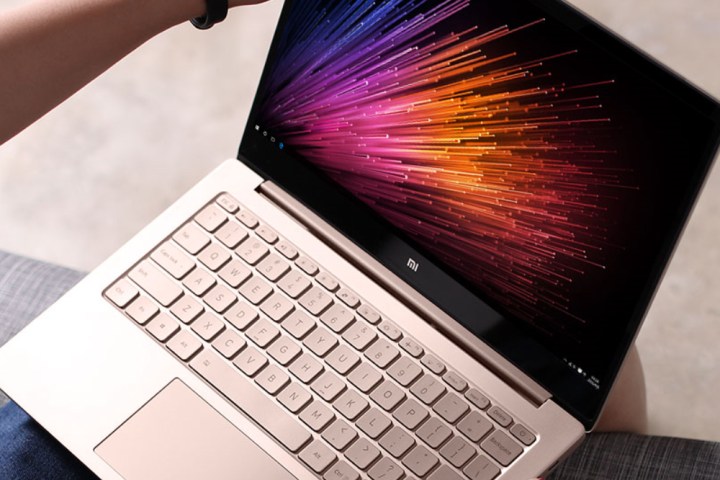
China-based Xiaomi typically focuses on smartphones, but entered the laptop space in August 2016 with the Mi Notebook Air served up in 12.5-inch and 13.3-inch flavors. All variants included sixth-generation Intel Core processors, but saw a hardware refresh using seventh-generation chips in March 2017, along with additional 15.6-inch designs. This year also saw the introduction of Xiaomi’s Mi Notebook Air 4G.
Now, Xiaomi is reportedly showing an interest in notebooks powered by the Snapdragon 835, a complete 180-degree turn from its use of Intel-based processors. The Intel (x86) and Qualcomm (ARM) chips are designed with different processor architectures/layouts, with the ARM-based chips typically serving the battery-focused tablet and smartphone markets while performance-driven x86-based chips target desktops and laptops.
But Microsoft and Qualcomm want to change that with their Always Connected initiative. The big focus is thin and light form factors, all day battery life, and cellular connectivity. These Windows 10 PCs will always have a connection so long as customers maintain cellular data plans and land-based broadband subscriptions. But how these Snapdragon-based PCs compare to similar Intel Core-based units on a performance level remains to be seen.
The collaboration with Qualcomm will be Microsoft’s second major attempt to provide Windows on ARM-based devices. Windows RT made its debut in October 2012, but failed to gain traction because end users couldn’t run their traditional desktop software on the devices. Plus, many apps provided on the Windows Store for Windows 8 weren’t compatible with Windows RT.
That was five years ago, and since then Microsoft has fine-tuned its Universal Windows Platform. All apps developed on this platform work on any Windows 10 device despite the underlying processor architecture. This platform also ties identical apps developed for Android and iOS to those served up on Windows 10 devices. Backing this platform is a cloud service for carrying data across multiple devices.
According to Intel, the always-connected PC isn’t anything new despite the boasts of Qualcomm and Microsoft. “[Intel] has been powering always-connected PCs since their inception,” the company said. “Today, there are more than 30 business- and consumer-oriented, Intel-based always-connected PCs available, offering the leading performance, a variety of connectivity options and price points, long battery life and thin and light form factor design.”
Intel-based always-connected solutions include Xiaomi’s Mi Notebook Air, Lenovo’s ThinkPad L470 and Miix 520, HP’s ProBook 400 Series, and Samsung’s Galaxy Book 12. So far, both Xiaomi and Samsung have not officially announced Snapdragon 835-based Windows 10 PCs, so all reports must be filed under “rumor” for now.
Editors' Recommendations
- Samsung may have made a horrible decision with the Galaxy S24
- Snapdragon 8cx Gen 2: Qualcomm’s second attempt at outmuscling Intel on PCs
- Qualcomm expands Snapdragon on PC with 7c and 8c for Always Connected laptops


